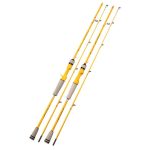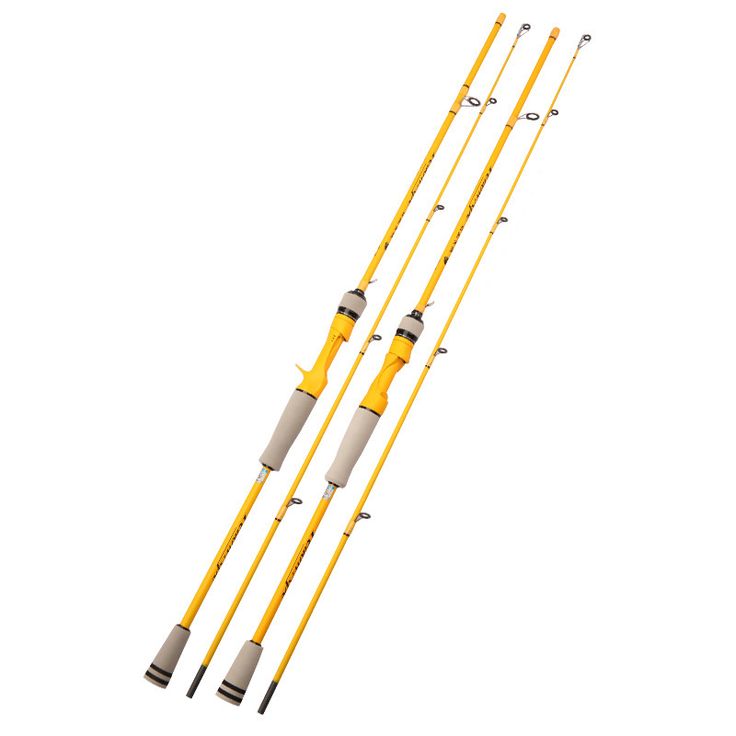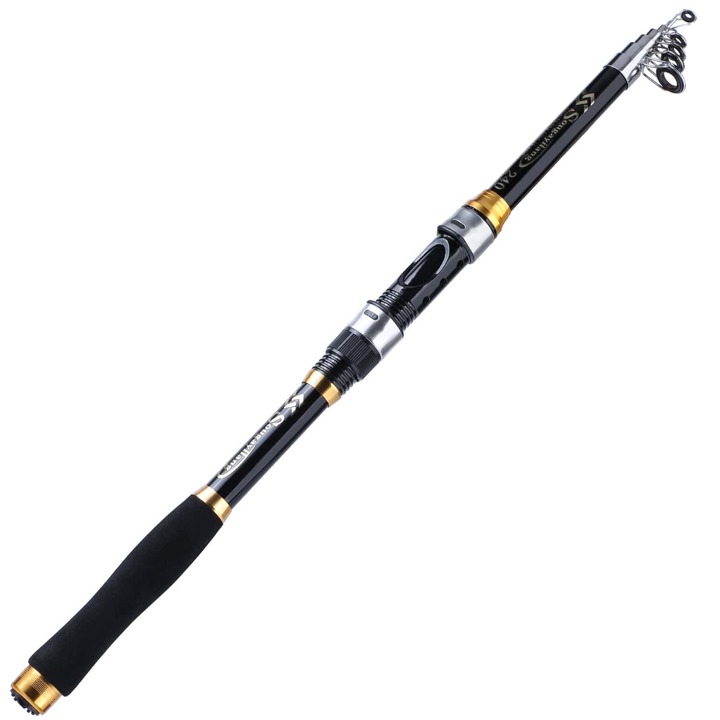1. Introduction to Tree Tents
1.1 Definition and Concept
Tree tents, also known as hammock tents or suspended tents, are innovative camping shelters that combine the comfort of a hammock with the protection of a traditional tent. They are designed to be suspended above the ground, utilizing trees or other sturdy anchor points for support.

1.2 Evolution and Popularity
Tree tents have gained popularity in recent years due to their versatility, comfort, and ability to provide a unique camping experience. Originally designed for backpacking and wilderness camping, they have evolved to cater to a wider range of outdoor enthusiasts, including car campers, backpackers, and adventure travelers.
2. Design and Construction of Tree Tents
2.1 Materials and Durability
Tree tents are typically constructed from lightweight yet durable materials such as ripstop nylon or polyester. The fabric is often treated with waterproof coatings to protect against rain and moisture, ensuring a dry and comfortable sleeping environment.
2.2 Suspension System
One of the key features of tree tents is their suspension system, which allows them to be securely attached to trees or other anchor points. This system typically consists of straps, ropes, and carabiners, which are used to adjust the height and tension of the tent.
2.3 Sleeping Area and Layout
Tree tents come in a variety of designs and configurations, ranging from single-person shelters to larger models that can accommodate multiple campers. The sleeping area is usually suspended between two or more anchor points, with a floor made of breathable mesh or fabric.
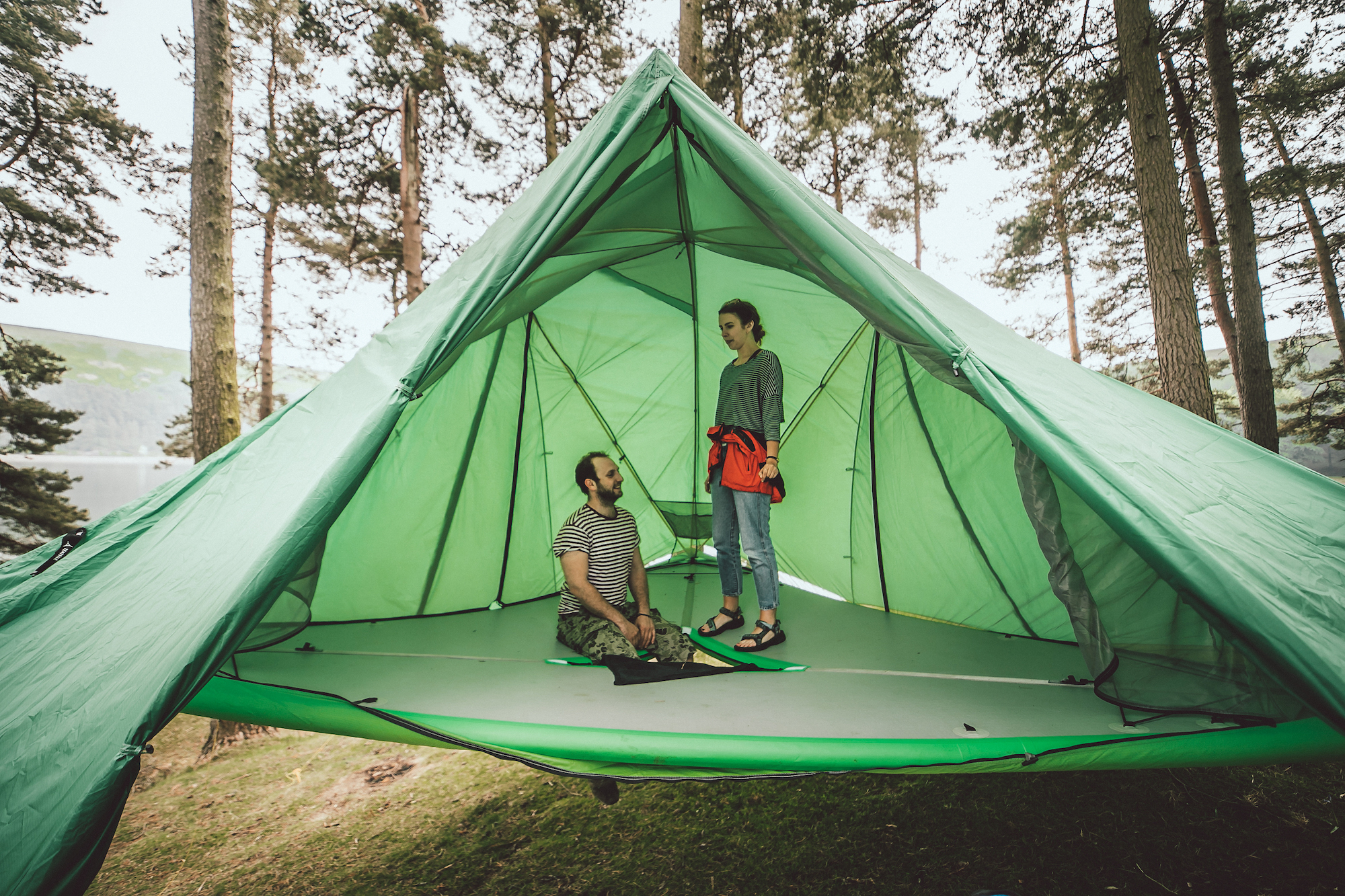
3. Setting Up and Using Tree Tents
3.1 Choosing the Right Location
When setting up a tree tent, it’s essential to choose a suitable location with sturdy anchor points and enough space to accommodate the tent’s dimensions. Look for trees with strong branches or other stable structures that can support the weight of the tent and occupants.
3.2 Installation Process
The installation process for tree tents can vary depending on the specific model and design. However, the general steps typically involve attaching the straps or ropes to the anchor points, adjusting the tension to achieve a level sleeping surface, and securing the rainfly or canopy for protection against the elements.
3.3 Tips for Comfort and Safety
To maximize comfort and safety while using a tree tent, consider the following tips:
- Ensure that the anchor points are secure and capable of supporting the weight of the tent and occupants.
- Use a sleeping pad or insulated underquilt to provide additional warmth and comfort.
- Check the weather forecast before camping and be prepared for changing conditions by bringing appropriate gear and clothing.
- Follow manufacturer guidelines and recommendations for setup, usage, and maintenance of the tree tent.

4. Advantages and Benefits of Tree Tents
4.1 Versatility and Adaptability
One of the primary advantages of tree tents is their versatility and adaptability to various camping environments. Unlike traditional tents, which require flat and level ground for setup, tree tents can be pitched on uneven terrain, rocky surfaces, or even above water.
4.2 Comfort and Elevated Sleeping Experience
Sleeping in a tree tent offers a unique and elevated experience compared to traditional camping shelters. The suspended design provides a gentle rocking motion that can promote relaxation and deeper sleep, while also keeping campers off the ground away from insects, rocks, and dampness.
4.3 Minimal Environmental Impact
Tree tents have a minimal environmental impact compared to traditional tents, as they do not require clearing or flattening of the ground for setup. By utilizing existing trees and natural anchor points, tree tents help preserve the surrounding environment and minimize disruption to the ecosystem.
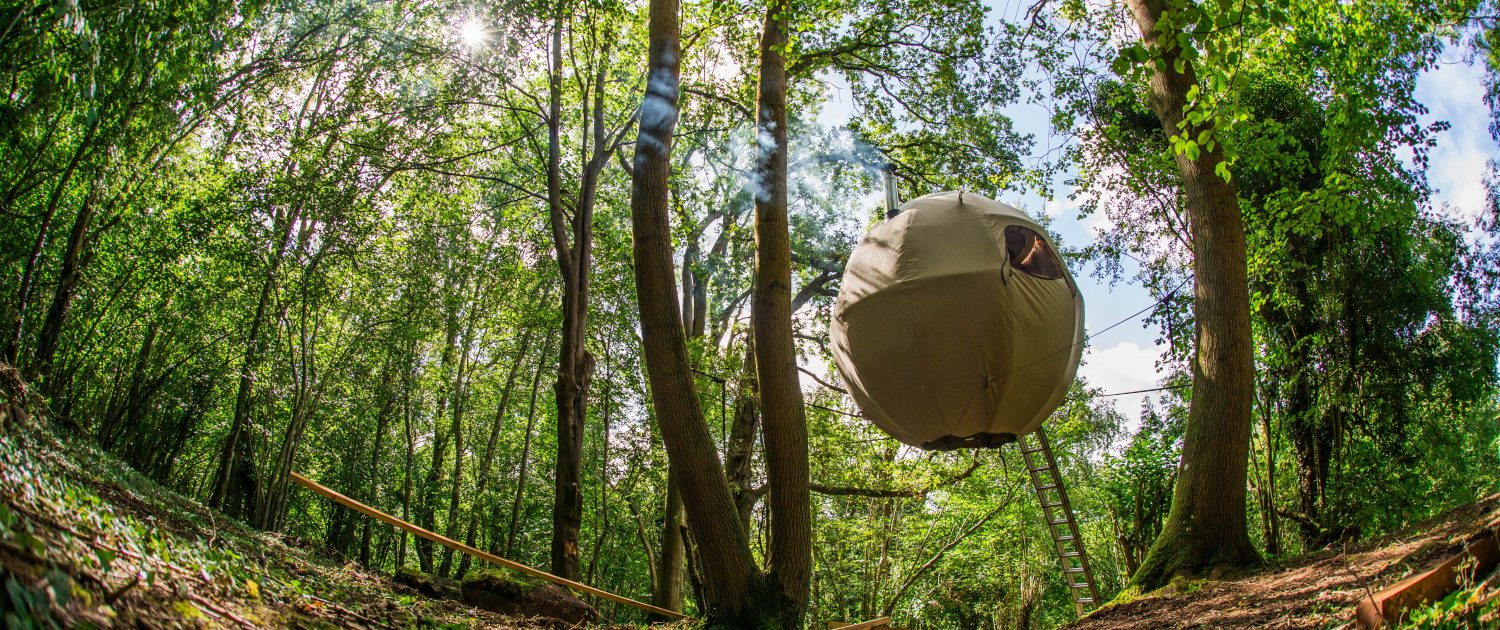
5. Popular Tree Tent Models and Brands
5.1 Tentsile
Tentsile is one of the leading brands in the tree tent industry, known for its innovative designs and high-quality construction. Their range of products includes single-person hammock tents, multi-person treehouses, and accessories such as rainflies, insect nets, and gear lofts.
5.2 Lawson Hammock
Lawson Hammock offers a range of versatile camping shelters, including hybrid hammock tents that can be used on the ground or suspended between trees. Their unique design features a built-in spreader bar that creates a flat sleeping surface and eliminates the need for additional supports.
5.3 Sierra Madre Research
Sierra Madre Research specializes in lightweight and portable camping gear, including tree tents, hammocks, and accessories. Their products are designed for backpackers and outdoor enthusiasts seeking lightweight and compact solutions for shelter and sleep.
6. Safety Considerations
6.1 Proper Setup and Anchoring
Always follow the manufacturer’s instructions for setting up and anchoring your tree tent. Ensure that the anchor points are secure and capable of supporting the weight of the tent and occupants. Double-check the tension and stability before entering the tent.
6.2 Weight Limitations
Be mindful of the weight limitations specified by the manufacturer. Overloading the tree tent beyond its capacity can lead to damage to the tent or anchor points, posing a safety risk. Distribute weight evenly within the tent and avoid sudden movements that could destabilize it.

7. Tips for Choosing the Right Tree Tent
7.1 Consider Your Camping Style
Before selecting a tree tent, consider your camping style and preferences. Are you a solo adventurer or do you often camp with friends or family? Do you prefer lightweight gear for backpacking or do you prioritize comfort for car camping? These factors will help determine the size and features you need in a tree tent.
7.2 Weight and Portability
For backpackers and wilderness explorers, weight and portability are crucial factors to consider. Look for lightweight tree tents that are easy to pack and carry, without compromising on durability and comfort. Many manufacturers offer compact and lightweight options designed specifically for backpacking.
7.3 Capacity and Size
Tree tents come in various sizes and capacities, ranging from single-person shelters to larger models that can accommodate three or more people. Consider how many occupants you need to accommodate and choose a tent with adequate space for sleeping and gear storage.
7.4 Seasonality and Weather Resistance
If you plan to camp in diverse weather conditions, look for tree tents with robust weatherproofing features. Models with waterproof rainflies, durable fabrics, and reinforced seams will provide protection against rain, wind, and other elements. Some tree tents also come with optional insulation for colder climates.
Conclusion: Embracing the Adventure of Tree Tents
In conclusion, tree tents offer a unique and adventurous way to experience the great outdoors. With their innovative design, comfortable sleeping area, and minimal environmental impact, they have become increasingly popular among campers of all ages and experience levels. Whether you’re backpacking through the wilderness or car camping at a local park, a tree tent can elevate your camping experience to new heights. So pack your gear, find some trees, and embark on your next outdoor adventure with a tree tent as your home away from home.

